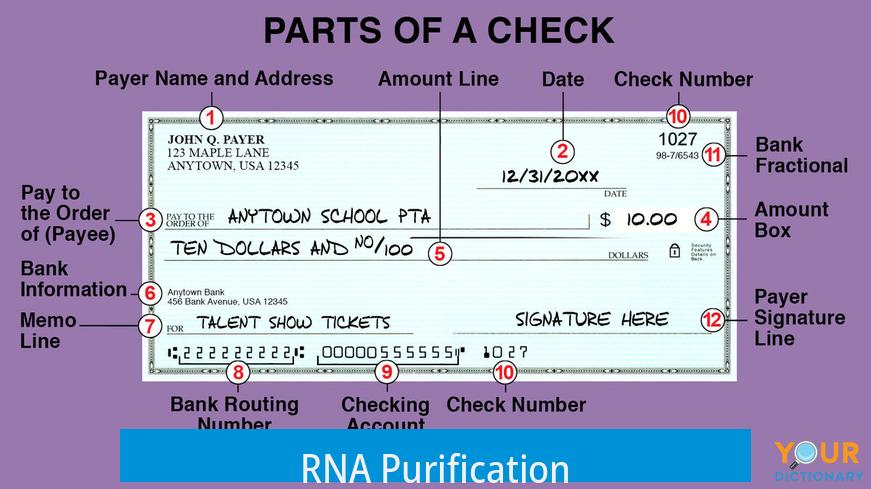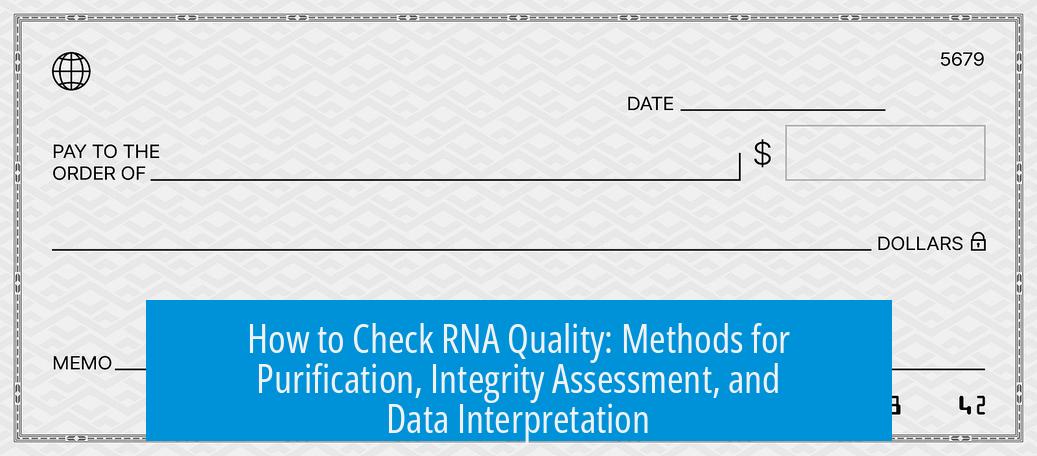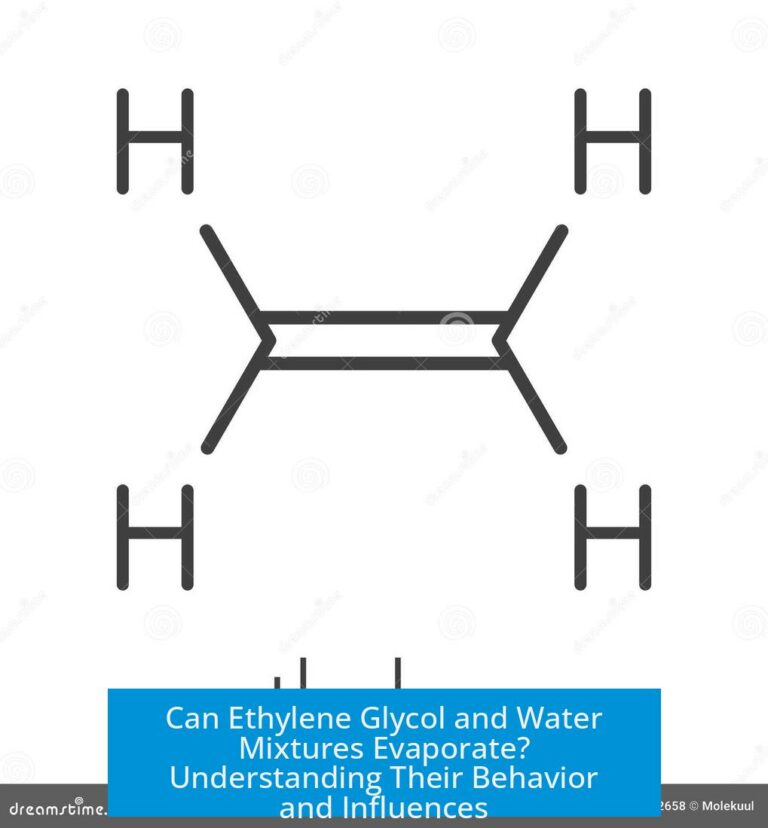How to Check the RNA Quality?

Checking RNA quality involves assessing RNA integrity after extraction, typically using purification followed by visualization methods such as gel electrophoresis or advanced instruments like the Agilent TapeStation or Bioanalyzer. These techniques measure RNA degradation and determine sample suitability for downstream applications.
RNA Purification

RNA quality assessment starts with purifying RNA from cells. Common methods use spin-column kits from companies like Zymo or Qiagen. These kits efficiently isolate RNA, removing contaminants that might interfere with quality checks.
Assessing RNA Integrity
Integrity refers to the extent of RNA degradation. Intact RNA shows distinct ribosomal RNA bands, while degraded RNA appears as a smear of short fragments.
| Method | Description | Output |
|---|---|---|
| Gel electrophoresis | Running purified RNA on an agarose gel. | Visible ribosomal bands and degradation smear pattern. |
| Capillary electrophoresis (Bioanalyzer, TapeStation) | Automated instruments providing digital analysis. | RNA Integrity Number (RIN or RINe) quantifying RNA quality. |
Using the Agilent Bioanalyzer or TapeStation
These instruments automate RNA quality control. They analyze ribosomal RNA profiles and calculate an RNA Integrity Number (RIN or RINe). The RIN scale ranges from 1 (fully degraded) to 10 (intact), offering an objective measure of RNA quality.
Interpreting RNA Quality Data
- High-quality RNA shows sharp 28S and 18S ribosomal RNA bands on gels or high RIN values.
- Degraded RNA presents a blurred smear and low RIN scores.
- RIN values above 7 are generally considered suitable for sensitive experiments like RNA sequencing or qPCR.
Clarifying RNA Quality Within Cells
RNA quality assessments commonly focus on purified RNA, not RNA still inside cells. “RNA quality” inside living cells is less defined because RNA is constantly synthesized and degraded. Quality checks aim to evaluate extracted RNA’s state before experimental use.
Key Takeaways
- Purify RNA using spin-column kits before quality assessment.
- Assess integrity via gel electrophoresis or capillary electrophoresis systems.
- Utilize RNA Integrity Number (RIN) from Bioanalyzer or TapeStation for objective quality scoring.
- Intact RNA shows clear ribosomal bands and high RIN; degraded RNA does not.
- Quality evaluation applies to extracted RNA, not RNA within living cells.
How do you assess the integrity of RNA samples?
First, purify the RNA using spin-column kits like Qiagen or Zymo. Then run the RNA on a gel or use instruments like Agilent TapeStation to observe ribosomal bands and detect degradation.
What is the role of the Agilent Bioanalyzer in checking RNA quality?
The Bioanalyzer runs capillary electrophoresis and calculates an RNA Integrity Number (RIN). This score quantifies how intact the RNA is, helping compare sample quality objectively.
Why is gel electrophoresis commonly used for RNA quality checks?
Gel electrophoresis visualizes ribosomal RNA bands. Clear, distinct bands indicate good quality RNA, while smears show degradation or breakdown into smaller pieces.
Can RNA quality be assessed without purifying it from cells?
RNA quality usually refers to purified samples. Measuring RNA directly inside cells is not standard, as cellular context affects RNA stability and does not reflect RNA integrity precisely.
What indicates RNA degradation when running a gel?
Smearing or the absence of clear ribosomal bands on the gel suggests RNA degradation. Intact RNA shows sharp 28S and 18S ribosomal bands without smears.





Leave a Comment